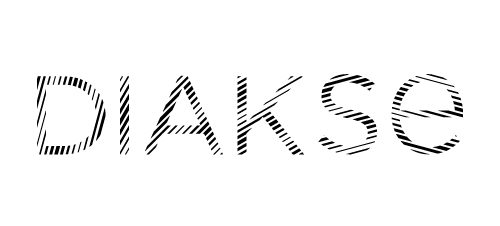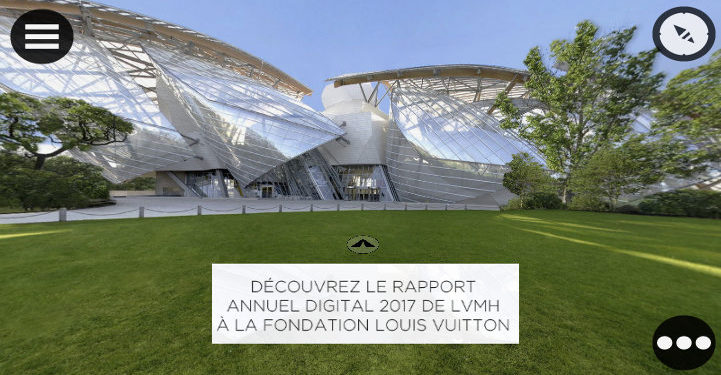You make your customers dream...what about your shareholders?
Corporate reporting is compulsory every year, and the annual report is firmly anchored in the list of data communicated annually by companies' financial departments, but more recently it has become an integral part of corporate communications. Initially, annual reports were highly professional and formal documents, not intended for the general public. Today, however, they have a real impact on a company's reputation, and communications agencies are vying with each other to bring them to life.
With the advent of new technologies, these formal documents have gone from being printed and read by a few well-informed specialists, to being read by several thousand readers on the Internet. As in many other fields, digital technology has made these reports accessible to all Internet users, specialized or not, much to the delight of shareholders.
Leverage the Internet to attract new shareholders
Companies use this document to enhance their image and showcase their growth. To do this, they don't hesitate to reduce the content to a few figures and use more photographs. The emphasis is on visuals, graphs and diagrams, rather than boring explanatory texts justifying a particular investment in a new business. The aim is to catch the reader's eye and keep him or her interested. Some companies are even venturing into new formats, such as novels, like BPCE and its first volume, “The Intriguing Mr Langley”, whose second volume is eagerly awaited by readers. Or the comic strip, used by Audi or bpifrance, or even video, used by a number of companies and which has very quickly become the number 1 medium for annual reports. The big luxury houses have also adapted their annual reports, like the Kering Group's presentation video highlighting the figures for 2017, set against the backdrop of its head office at 40 rue de Sèvres.
In a very short space of time, the challenge has become to produce content that is as accessible and attractive as possible, and as far removed from formal models as possible. The annual report, as its name suggests, is only supposed to cover the year that has just passed, yet companies are increasingly relying on the use of the past as an element of chronology and comparison to describe their journey and evolution. It is precisely this evolution that lies at the heart of the communication strategy for future publications.
Video seemed to be the best possible medium, both attractive and interactive. The reader is captivated by a passive experience, as beautiful images and impressive figures scroll past. Yet this passivity isn't the most effective way of seducing an investor, especially when you consider the average length of these videos. As any good communicator will tell you, it's the absolute viewing time, rather than the percentage seen of the video, that's important. Indeed, 80% of time spent on a 3-minute video will never be as much as 50% on a 10-minute video! We therefore need to extend the length of our videos.
But with listeners becoming increasingly weary, how do you keep them interested enough to stay captivated for 10 minutes?
The solution: let them take part in the viewing process.
Last year, the LVMH group did just that, relying on a brand-new, even more innovative and immersive medium: virtual reality. Its digital annual report literally plunges users into the heart of the luxury group's key events, tracing their history through a journey imagined at the heart of the Louis Vuitton Foundation. To achieve this, Diakse's hyper-realistic technology, which can photographically capture a location and modify its content, was used to transform this major art exhibition venue into a dynamic, living display of paintings. Diakse, which had won the 2017 prize to integrate L'Atelier LVMH at Viva Technology and present its solution for creating virtual boutiques to the Group's Houses, was entrusted with the production of the Group's annual report. The start-up integrated virtual visits to several of the Group's most noteworthy brands of the year, such as Louis Vuitton's new Flagship store on Place Vendôme, which shareholders from all over the world were able to discover, or the Dior boutique on Avenue Montaigne. The spectator-actor is thus invited to discover this exhibition and visit these emblematic locations while discovering the highlights of 2017, in a unique setting.
Other examples of tools are in the pipeline for 2018 that will prove to be sensationally powerful. The gamification of financial communication is still in its infancy. And this transformation is taking place to the delight of readers who until now have been reluctant to wade through relatively bland financial documents. So, whatever your strategy this year, the key to delivering the best customer experience is to ensure that you give shareholders - as you do your customers - a unique and engaging experience. Your shareholders support you and are interested in your news; you can't lose their attention without dynamic, engaging communication.
By : Julien Berthomier, Roxanne Michel

